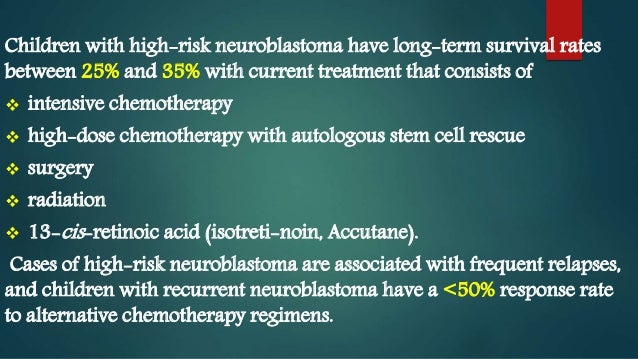What Is The Survival Rate For Stage 4 Neuroblastoma
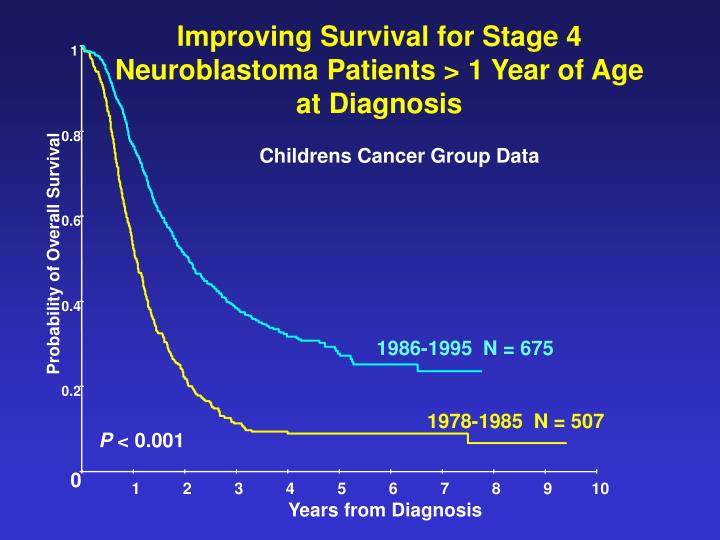
The diagnosis of stage 4 neuroblastoma, a high-risk childhood cancer, casts a long shadow over families, immediately raising urgent questions about survival. It's a complex battle, with outcomes varying significantly based on a multitude of factors, making broad generalizations about survival rates potentially misleading and deeply worrying for affected families.
Understanding the nuances of survival in stage 4 neuroblastoma requires a careful examination of statistics alongside individual patient characteristics. This article aims to provide a factual overview of the survival rates associated with stage 4 neuroblastoma, exploring the factors that influence prognosis, the advancements in treatment that are improving outcomes, and the ongoing research efforts dedicated to finding a cure.
Understanding Stage 4 Neuroblastoma
Neuroblastoma is a cancer that develops from immature nerve cells called neuroblasts. These cells are normally involved in the development of the nervous system but, in cases of neuroblastoma, they grow uncontrollably, forming a tumor.
Stage 4 neuroblastoma signifies that the cancer has spread (metastasized) to distant sites in the body. This may include lymph nodes far from the original tumor, bone, bone marrow, liver, or other organs.
Survival Rates: A Statistical Overview
The 5-year survival rate for stage 4 neuroblastoma typically falls within a range, but it's crucial to understand that this is a statistical average. Data from organizations like the American Cancer Society and the National Cancer Institute, as well as studies published in medical journals like JAMA and The Lancet, provide insight into these rates.
Historically, the 5-year survival rate for stage 4 neuroblastoma has been around 40-50%. However, these figures can be misleading without understanding the factors influencing them.
Factors Influencing Survival
Age at Diagnosis
Children diagnosed with stage 4 neuroblastoma before the age of 1 year often have a better prognosis. Infants often have tumors with more favorable biological characteristics.
MYCN Amplification
The MYCN gene plays a crucial role. Amplification (multiple copies) of the MYCN gene is associated with more aggressive tumor behavior and a lower survival rate.
Risk Group Stratification
Neuroblastoma is stratified into risk groups (low, intermediate, and high) based on various factors, including age, stage, MYCN status, and other biological markers. Stage 4 neuroblastoma falls into the high-risk category, but further stratification within this group is crucial for determining prognosis and treatment strategies.
Nerve Growth Factor Receptor (TrkA)
High expression of TrkA is a good sign. This receptor plays a role in the differentiation of nerve cells.
DNA Ploidy
Tumor cells can have varying amounts of DNA (ploidy). Tumors with a normal amount of DNA (diploid) tend to be more aggressive than those with extra DNA (hyperdiploid).
Treatment Approaches and Advancements
Treatment for stage 4 neuroblastoma is intensive and multimodal, often involving a combination of chemotherapy, surgery, radiation therapy, high-dose chemotherapy with stem cell transplant, immunotherapy, and differentiation therapy.
Recent advancements in immunotherapy, particularly the use of anti-GD2 antibodies, have shown promise in improving survival rates. These antibodies target a specific molecule on neuroblastoma cells, allowing the immune system to attack the cancer.
DFMO (difluoromethylornithine), is being researched as an experimental treatment that may also improves survival rates.
The Role of Clinical Trials
Participation in clinical trials offers access to cutting-edge therapies and contributes to advancing the understanding and treatment of neuroblastoma. Parents are encouraged to discuss clinical trial options with their child's oncologist.
The Children's Oncology Group (COG) is a key organization conducting clinical trials for childhood cancers, including neuroblastoma. These trials are designed to evaluate new treatment strategies and improve outcomes.
Hope for the Future
While stage 4 neuroblastoma remains a challenging diagnosis, significant progress has been made in treatment and understanding of the disease. Ongoing research efforts are focused on developing more targeted therapies and improving existing treatment protocols.
Scientists are actively investigating novel approaches such as CAR T-cell therapy and targeted therapies that attack specific vulnerabilities in neuroblastoma cells. These advances offer hope for improving survival rates and the quality of life for children battling this aggressive cancer.
The journey for families facing stage 4 neuroblastoma is undoubtedly arduous. Support from medical professionals, support groups, and advocacy organizations is invaluable in navigating the complexities of treatment and providing emotional support.
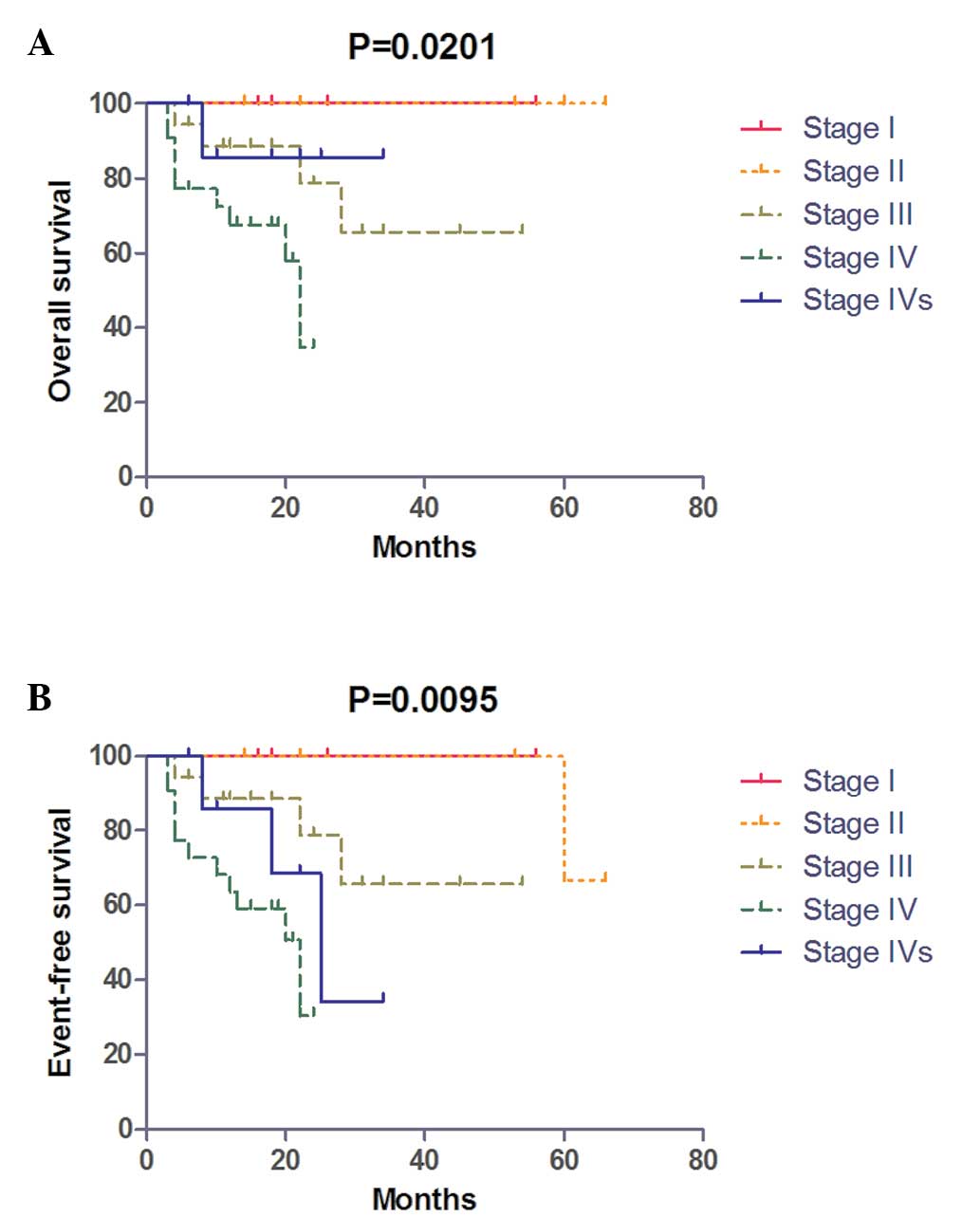
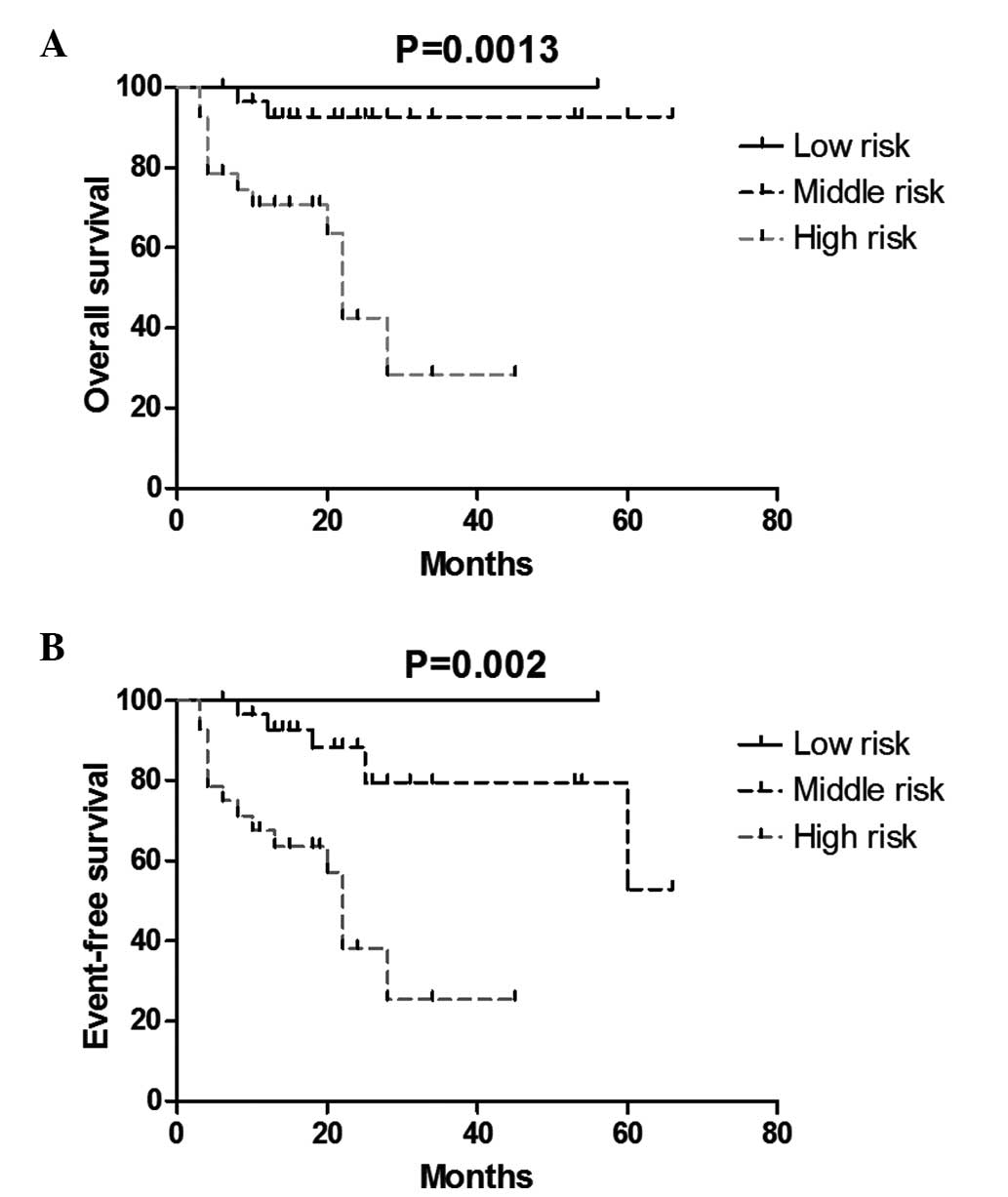




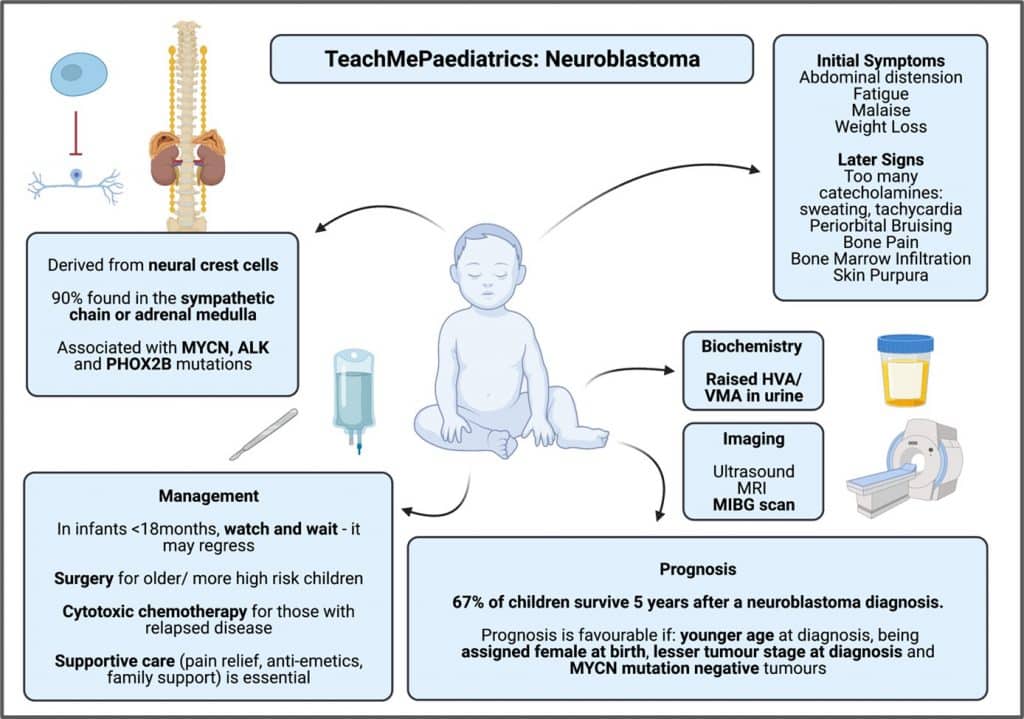
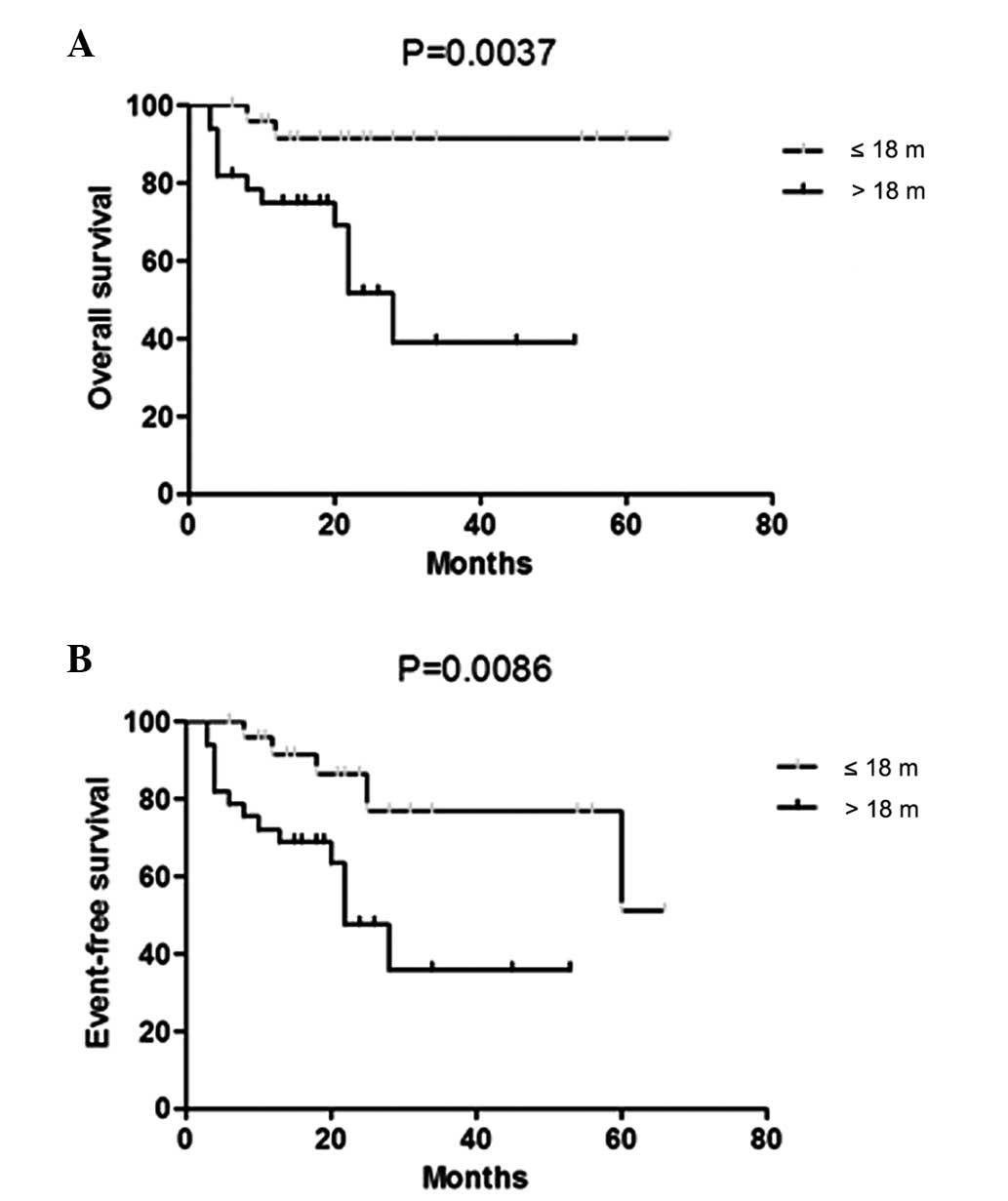

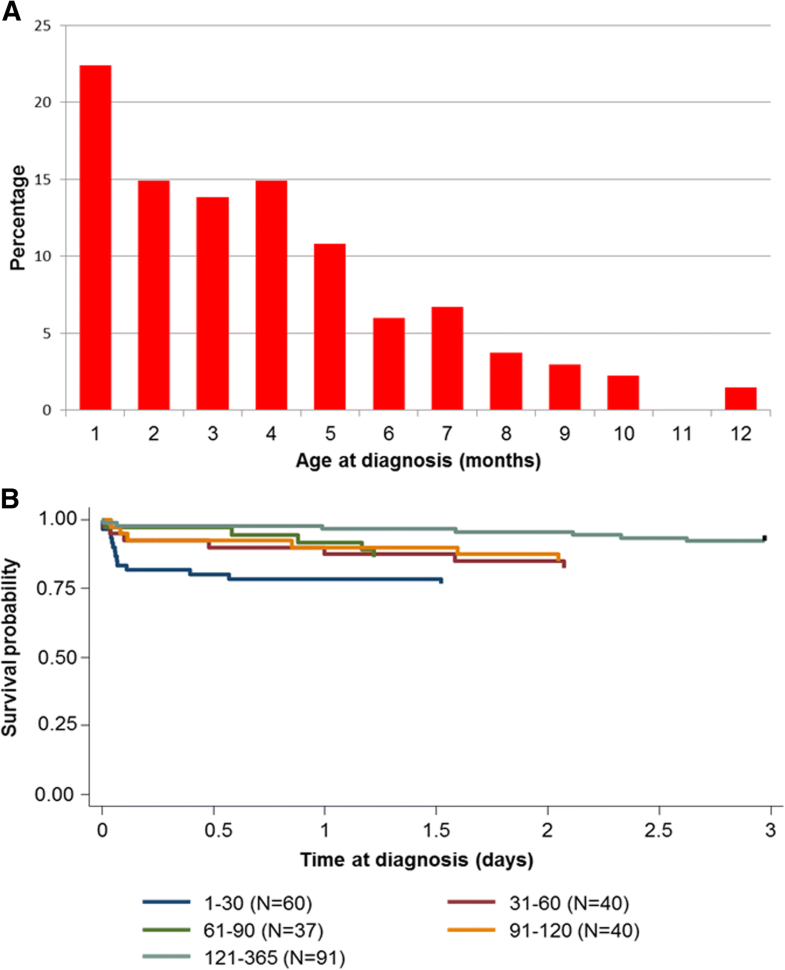
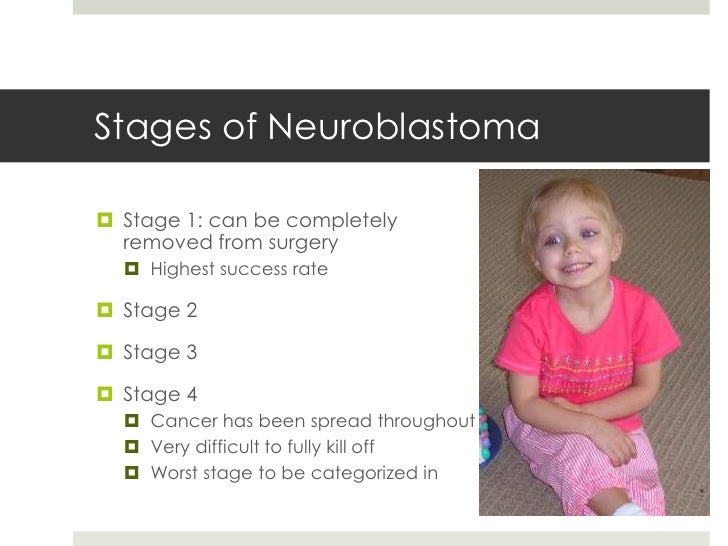
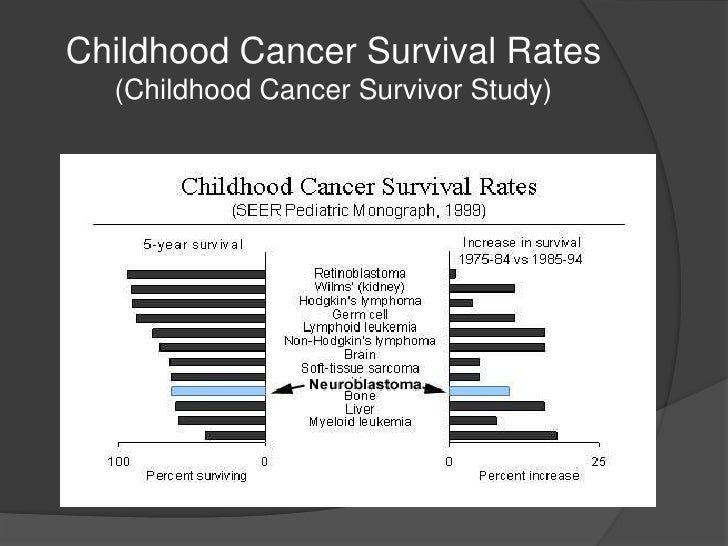
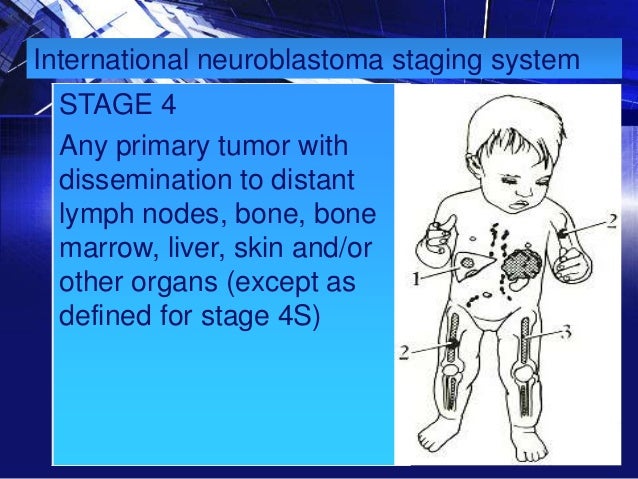

01166-5/asset/f94e275e-2116-4f5c-b11c-e36f27881991/main.assets/gr4_lrg.jpg)


